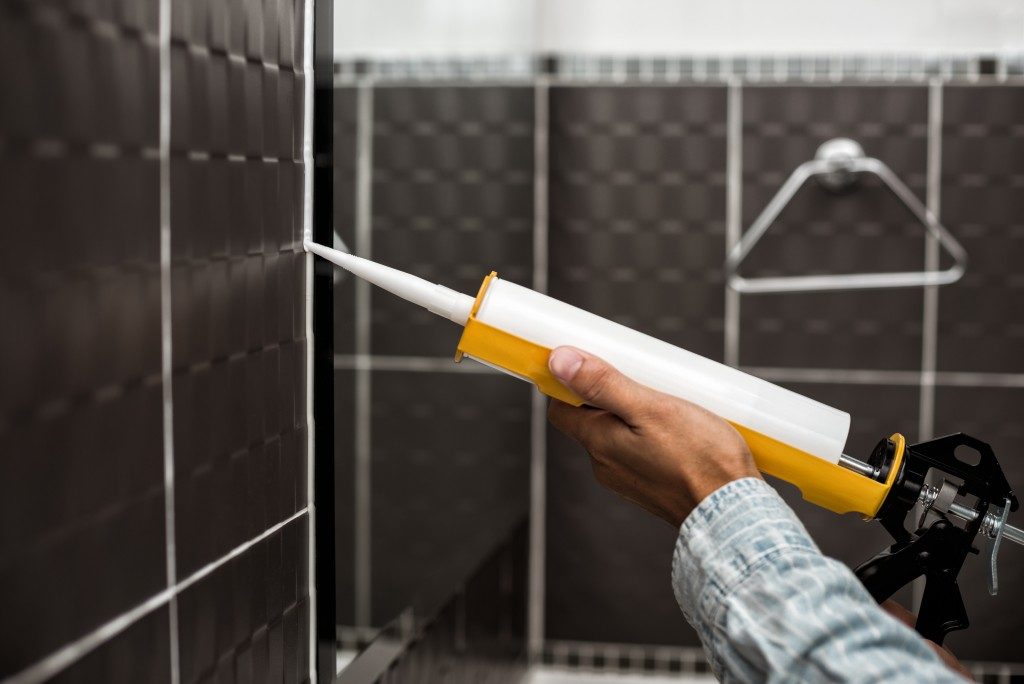Weather conditions vary among countries. You wouldn’t expect countries in the UK to prepare for the same conditions as Otago, Chatham Islands, and their other antipodes in New Zealand. Weatherproofing home treatments will adapt to a region’s needs.
With this in mind, how can you weatherproof your home to withstand the elements in your area? Read on and find out.
Walls
Walls are subject to the threat of mildew, leaks, peeling, and other harmful weather effects. Preventing walls from being damaged enough to sustain these problems is part of the weatherproofing process.
The type of external walls you have can determine their breathability and energy-saving capabilities. Pick a material that can withstand heat and cold to cut down on your energy use during the extreme weather. When it comes to thunderstorms, bust out the water repellent cream.
Inside your home, within the walls, be vigilant with mold. Check for the telltale signs of organisms living between the cracks of your inner and outer walls. Ensure your walls are well-ventilated but not sporting gaping holes either.
Roofs
The roof is one of the first lines of defense for a home in case of rain, snow, or intense heat. Snow means defrosting roofs to avoid ice dams and leaks or installing de-icing cables to prevent ice build up. Rain encourages homeowners to plug up holes to prevent leaks and greater damage to their homes. Ventilation like ridge vents can help hot air to flow out of a house without letting rain or sleet in.
Roof replacement is the only solution if a roof is beyond repair and maintenance. Choosing the right material can extend a roof’s life beyond what you may expect.
Corrugated plastic roofing is long-lasting and endures just about any weather condition. Solar shingles are a green solution for environmentally-friendly homes. Solar panels also provide extra energy for homes situated in sunny areas. Properly-maintained clay or cement tile roofs can last for more than a hundred years—just look at those preserved in Italy and other Mediterranean countries.
Doors and Windows
Doors and windows have a long shelf life unless you live in a rather rough place. Drafty windows and doors require better sealants such as rubber or vinyl weather stripping and vinyl gaskets. Leaky doors and windows, often found in older homes, can be plugged up with sealant. Films benefit homes constantly blasted by unpleasant heat as they can keep a home warm and protect the integrity of windows.
Furniture

When you’ve got a large lawn or backyard, it’s natural to prop up a few chairs or a table to entertain guests outside. And when you bring furniture outside, you automatically consider them when weatherproofing your home.
Water sealants get a second use in this article for waterproofing wood. Urethane spray and paint cover wicker chairs, while metal chairs get a rustproof finish on top of their paint.
Protecting your home shouldn’t be a chore. Hiring a professional to do all your home improvement and weatherproofing may be ideal if you feel that your DIY skills are not up to par to your standards. At the same time, homeowners don’t spend their hard-earned cash on improvements that are not applicable to their area. Responsible homeowners weigh their options carefully and choose the projects that their home will truly benefit from.

